How Many Types of Turtles Are There?
Turtles are fascinating creatures that capture the imagination of many. From their unique shells to their varied lifestyles, turtles offer much to explore. This article will cover the different types of turtles, providing detailed descriptions and interesting facts. Whether you’re a turtle enthusiast or a potential pet owner, this guide will offer you valuable insights into the world of turtles.

Main List of Turtle Types
Turtles are a diverse group of reptiles, each adapted to thrive in specific environments. Below is a breakdown of the main categories, highlighting the unique characteristics that distinguish them from one another.
Tortoises
Tortoises are land-dwelling turtles known for their sturdy, domed shells and strong, elephant-like legs. Unlike their water-loving relatives, tortoises thrive in arid environments. They primarily feed on plants, making them herbivores. Tortoises can live incredibly long lives, often ranging from 80 to 150 years. This longevity adds to their appeal as pets but also requires a long-term commitment from their owners. Species of tortoises include the iconic Galápagos tortoise, the Aldabra tortoise, the African spurred tortoise, the Indian star tortoise, and more.
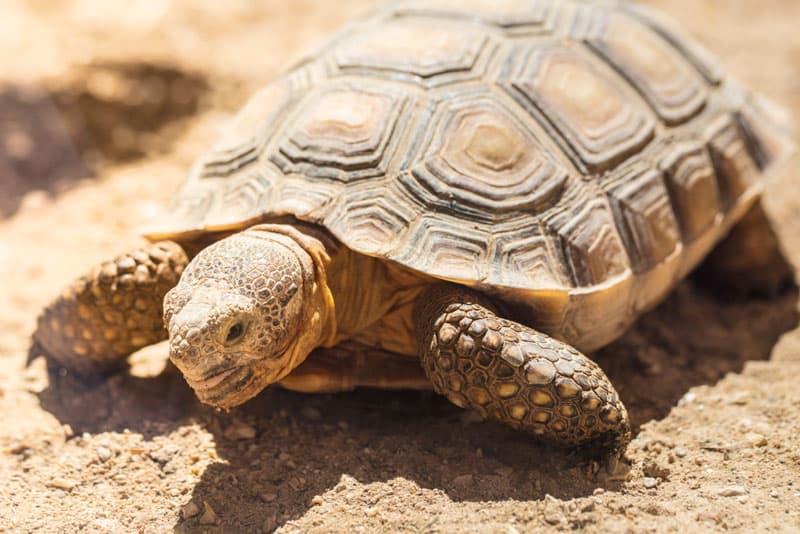
Sea Turtles
Sea turtles are the epitomes of marine life, spending virtually all of their lives in the ocean. With streamlined bodies and flippers adapted for swimming, these turtles travel thousands of miles during migration. Sea turtles primarily feed on a diet that includes jellyfish, algae, and squid. Seven species of sea turtles exist, including the leatherback sea turtle, green sea turtle, and hawksbill sea turtle, loggerhead sea turtle, flatback sea turtle, olive ridley sea turtle, and kemp’s ridley sea turtle. These creatures are often endangered due to threats like pollution, fishing nets, and habitat destruction. Conservation efforts are crucial for their survival.
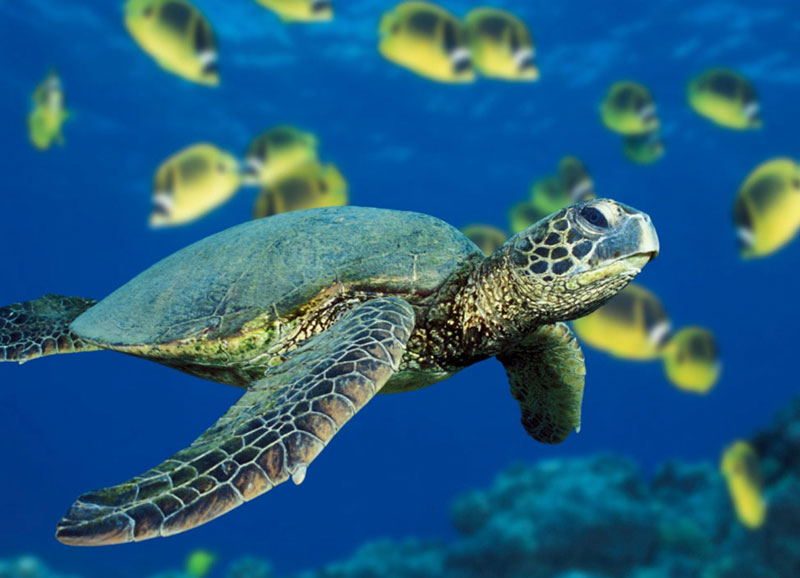
Snapping Turtles
Snapping turtles are notorious for their aggressive behavior and powerful jaws. Found mainly in freshwater habitats, these turtles have long tails and rugged shells with serrated edges. They are omnivorous, feeding on a variety of prey, including fish, amphibians, insects, and aquatic plants. The common snapping turtle and the alligator snapping turtle are two main species in this group. Their prehistoric appearance and formidable looks make them fascinating yet intimidating creatures.
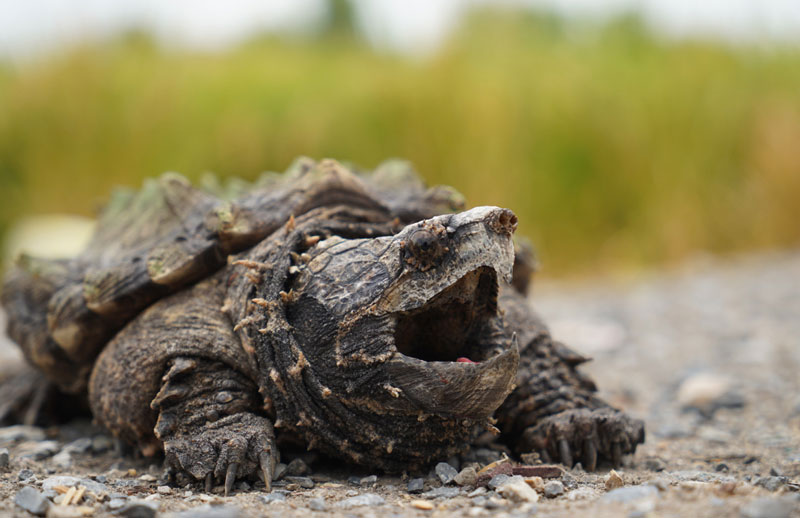
Red-Eared Slider
Red-eared sliders are among the most popular turtles kept as pets. They are easily recognizable by the distinct red markings near their ears. Originating from the southeastern United States (the Mississippi River and the Gulf of Mexico), these turtles are highly adaptable to various environments. They are omnivores, eating both aquatic plants and small animals. Red-eared sliders are known for their basking behavior, often seen sunning themselves on logs or rocks. Due to their popularity, they have been introduced to various regions worldwide, sometimes becoming invasive species.
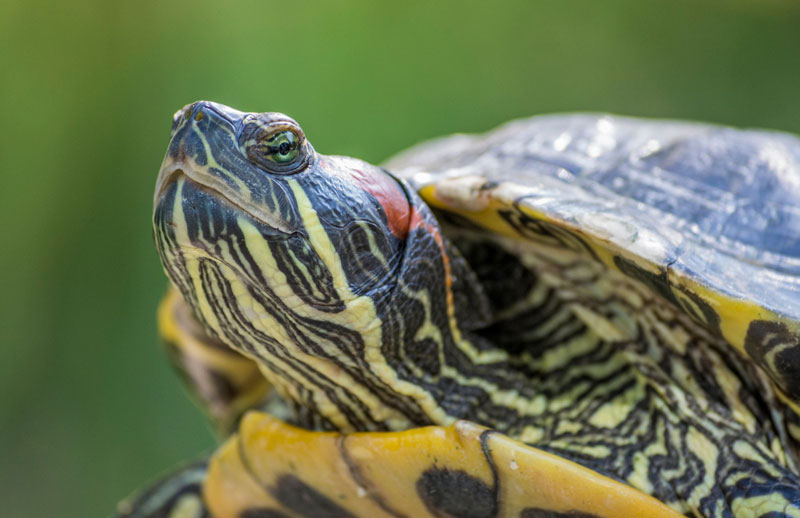
Box Turtles
Box turtles are named for their unique ability to completely enclose themselves within their shells. They have a hinged plastron that enables this defensive posture, protecting them from predators. Box turtles are primarily terrestrial and are found in North America. They prefer moist forested environments and are omnivorous, consuming a mix of plants, insects, and fungi. The Eastern box turtle is one of the most well-known species. Their bright, ornate shells make them particularly appealing to turtle enthusiasts.
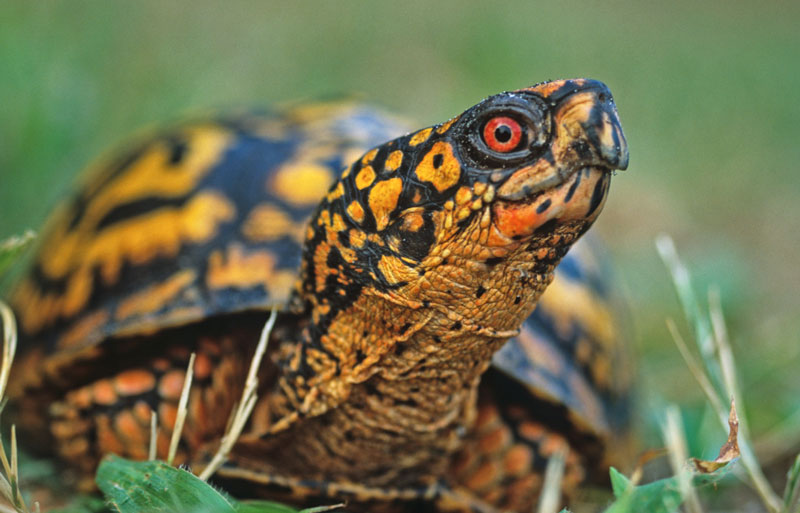
Painted Turtles
Painted turtles are easily identifiable by their smooth, colorful shells with intricate markings. These turtles inhabit ponds, lakes, and slow-moving rivers across North America. Painted turtles are omnivores, with a diet that includes aquatic vegetation, small fish, and insects. They are active during the day and often seen basking in the sun. Species include the eastern-painted turtle, midland-painted turtle, and Western-painted turtle. Their vibrant appearance and relatively easy care make them popular pets.
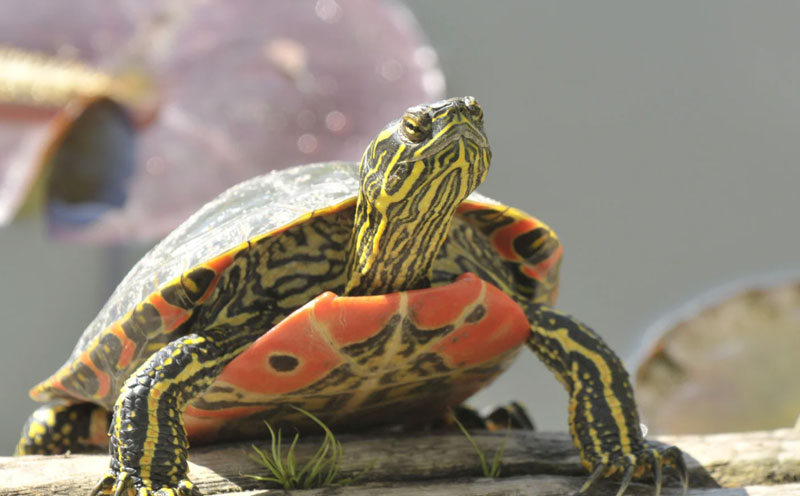
Softshell Turtles
Softshell turtles are unique for their leathery, pliable shells, as opposed to the hard, bony plates found in other turtles. These turtles are highly aquatic and are excellent swimmers. They have long necks and snorkel-like noses to help them breathe while submerged. Softshell turtles are carnivorous, feeding on fish, amphibians, and invertebrates. Species like the spiny softshell turtle and the smooth softshell turtle are widely studied for their unique adaptations. Despite their soft shells, they are agile and can be quite defensive.
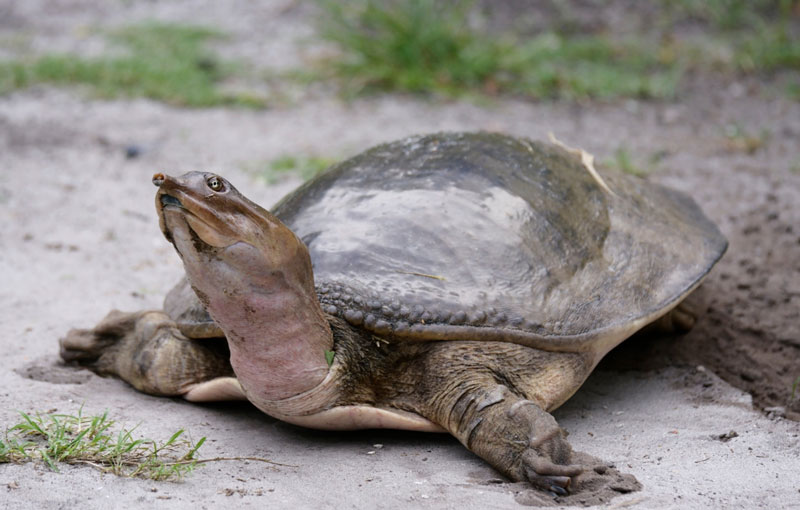
Conclusion
Understanding the various types of turtles gives us an insight into their remarkable adaptability and diversity. Each species has unique traits and lifestyles, from the land-loving tortoises to the ocean-roaming sea turtles. Whether in the wild or as pets, turtles captivate those who take the time to learn about them. Their ecological roles and fascinating behaviors remind us of the importance of preserving these incredible reptiles.
FAQs
What is the rarest type of turtle?
The rarest type of turtle is the Yangtze giant softshell turtle. Found in China and Vietnam, only a few individuals are left in the wild, making conservation efforts critical.
What is the best turtle to have as a pet?
The red-eared slider is often considered the best turtle to have as a pet. They are relatively easy to care for, highly adaptable, and have a long lifespan, making them suitable for dedicated owners.
What is the most aggressive species of turtle?
The common snapping turtle is known for its aggressive nature. With powerful jaws and a combative disposition, they are formidable creatures best appreciated in their natural habitats.
